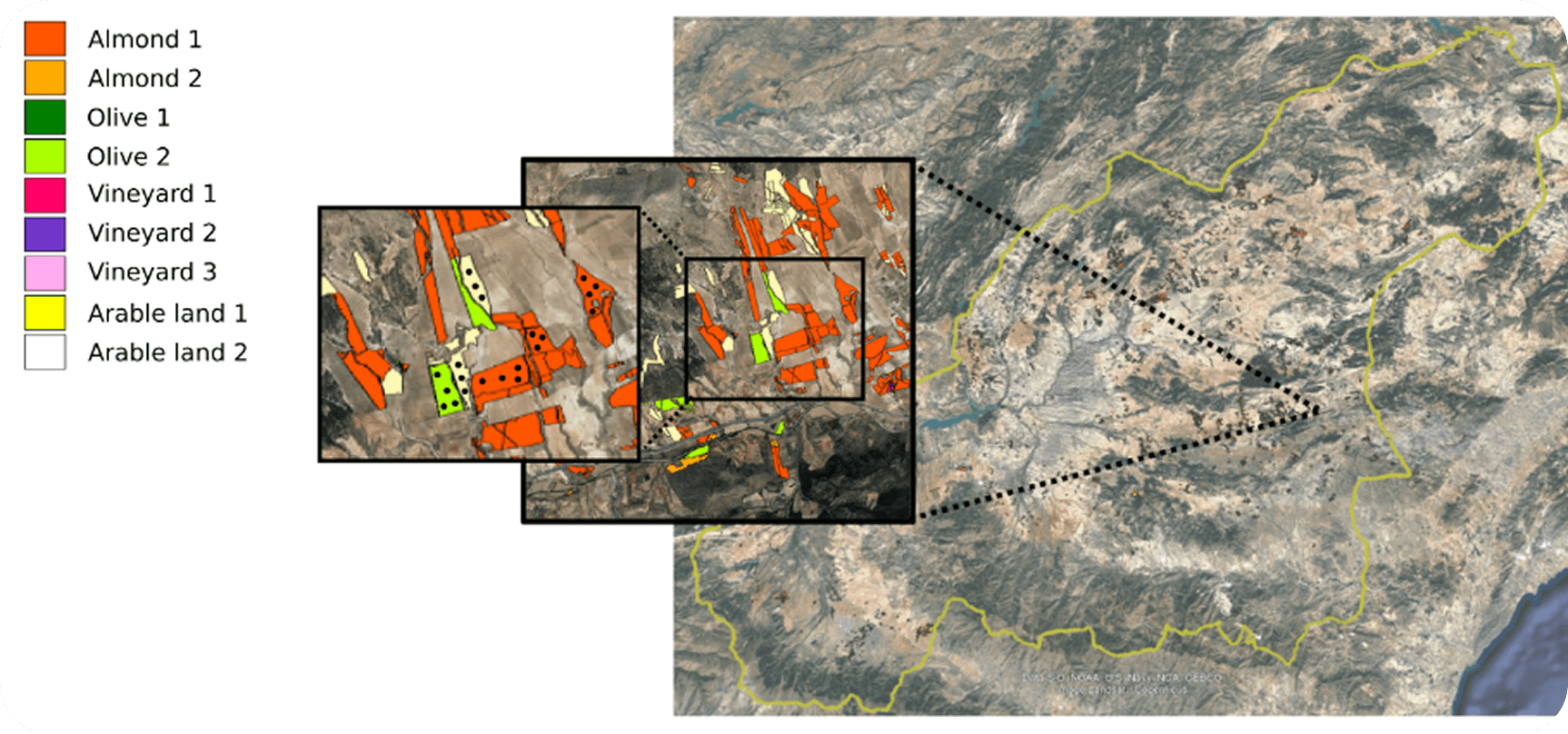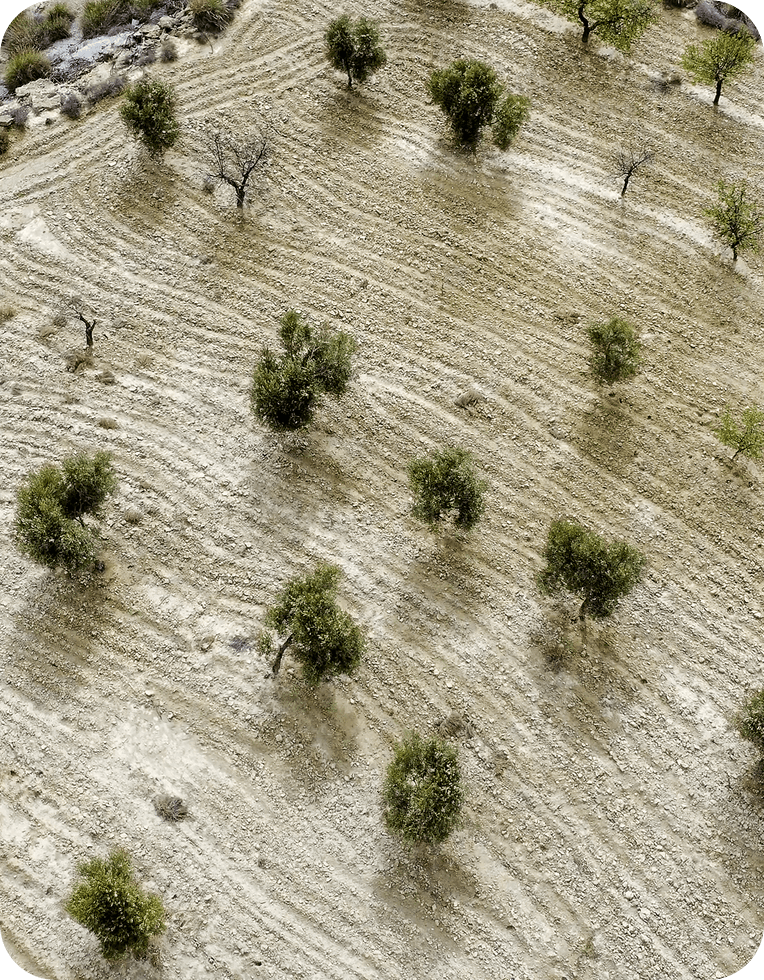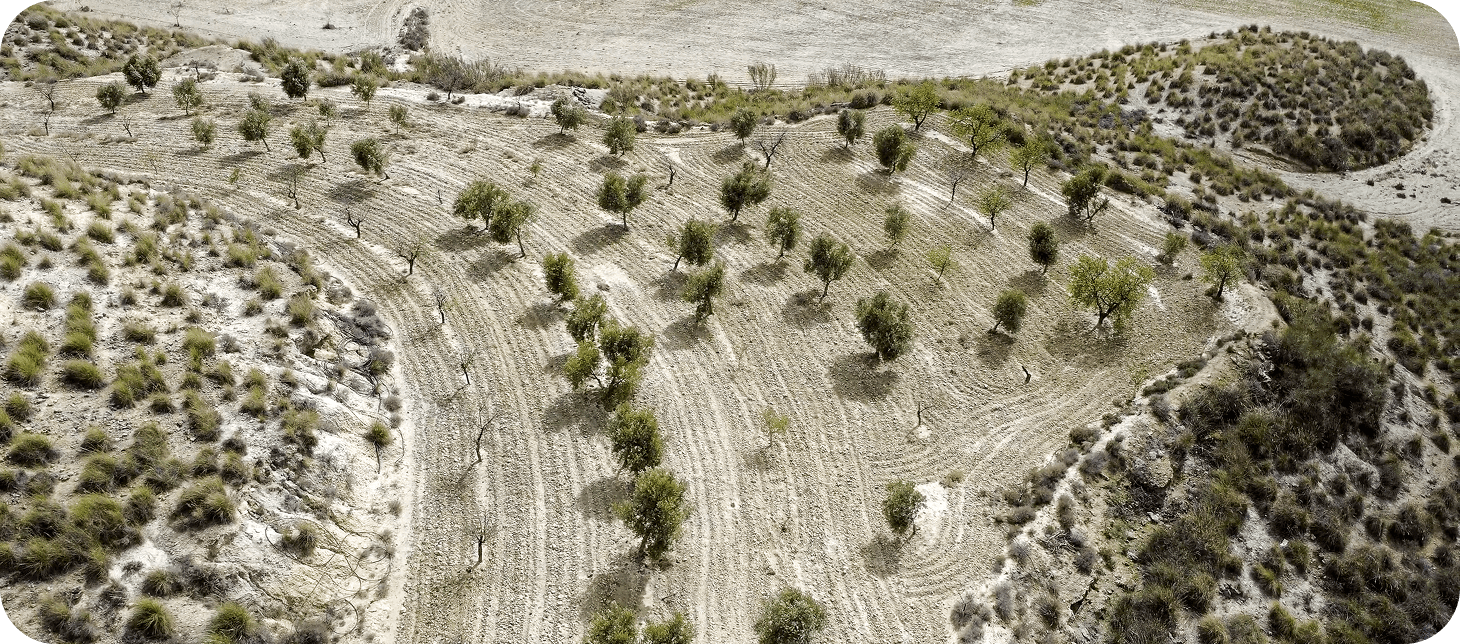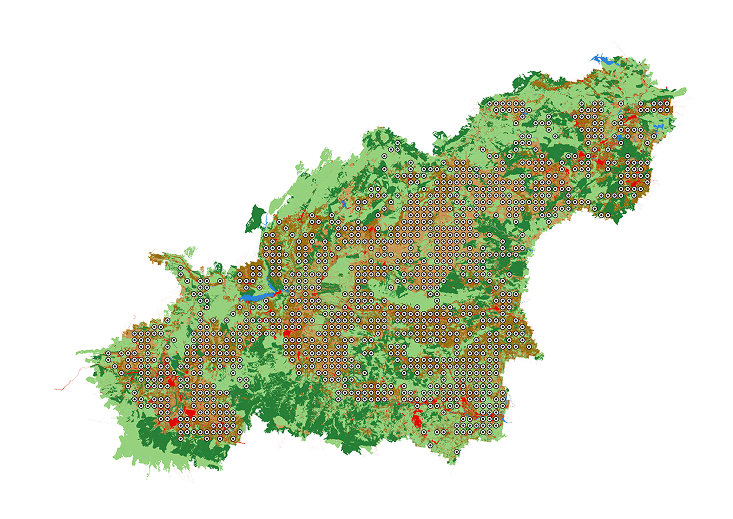Developing tailored and cost-effective soil sampling designs
Esférico MRV Systems is working on drafting guidelines to assist practitioners in selecting the most convenient soil sampling approach, considering their specific purpose, the scale of application, and the desired trade-offs between cost and accuracy.

To successfully implement concrete actions that enhance soil health, it is essential to rely on accurate, robust, and comprehensive data that enable the assessment of the impact of applied practices. In this context, at Esférico MRV Systems we are working within the EU-funded GOV4ALL project to bridge the gap between scientific research and practical applications by developing guidelines to ensure that soil sampling effectively supports carbon management in agricultural areas.

In effect, the rollout of impactful land management practices aimed at increasing Soil Organic Carbon (SOC) stocks necessarily depends on the ability to monitor these changes across time and space. Soil sampling is therefore a cornerstone of Monitoring, Reporting, and Verification (MRV) systems, as it allows an initial assessment of SOC stocks for model initialization, their monitoring by measure and remeasure strategies, and the validation of models over time. However, deciding the most suitable soil sampling approach is not trivial, and should consider mainly the purpose of sampling and the desired outcomes in terms of cost-accuracy.

In this context, our goal is to assist practitioners in selecting the most convenient sampling approach and sample size to determine average SOC stocks and detect changes at various spatial scales –from plot to landscape–, covering soils from arable lands, agroforestry systems, grasslands, and peatlands. In our vision, it is essential to ensure the versatility of these guidelines, making them applicable for diverse objectives, scales, and trade-offs considering economic limitations.
As a practical application, we have developed a tailored smart soil sampling design to cover a vast project boundary of more than one million hectares in the AlVelAl territory of southern Spain, an area characterized by a long history of soil organic depletion and degraded soils. This area, which encompassess the Altiplano de Granada, Los Vélez, Alto Almanzora, Noroeste de Murcia, and Guadix regions, comprises more than 14,000 hectares of agricultural fields, including fruit trees, arable lands, vineyards and olive groves.

Given the diversity of land uses and management practices in the area, our strategy uses satellite-based data to divide the territory into homogenous zones and ensure representative sampling. This framework enables balancing scientific rigour with cost constraints associated with field sampling and laboratory analysis, aiming to provide valuable data to feed accurate and robust models, and to highlight the potential of this region for carbon farming practices.

Overall, our sampling approach aims to accurately and cost-effectively determine SOC stocks and changes across time and space, which is essential for establishing the baseline and modelling scenarios for potential carbon projects, and monitoring its implementation afterwards. Selecting the most suitable sampling design not only reduces risks and contributes to the success of carbon removal efforts but also supports informed decision-making and policy development, strengthens carbon removal claims, and ultimately enhances the credibility of carbon farming as a path towards mitigating and adapting to the effects of climate change.
